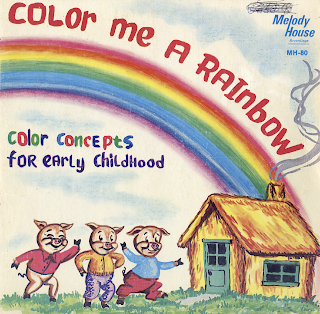Oh My
Sarah Vaughan
In The Land Of Hi-Fi
Orchestra Arranged and Conducted by Ernie Wilkins
Featuring: "Cannonball" Adderley, Alto Sax
Roy Haynes, Drums
Jimmy Jones, Piano
Joe Benjamin, Bass
Recorded October 25, 26, 27, 1955
EmArcy Mercury Records MG 36058
1956
From the back cover: The glorious voice of Sarah Vaughan has been heard in every setting from a small rhythm combo to a full string ensemble, but the accompaniment on these sides is something new.
Ernie Wilkins was the arranger and conductor fo the big, swinging band on the three sessions recorded in November, 1955. There were four trumpets (Ernie Royal played some of the lead), four trombones (including a noted two-trombone team), and a five man saxophone section in which the featured soloist is Julian "Cannonball" Adderley, the Florida flash, who flew north with alto under arm especially to take part on these dates. The rhythm section comprises Sarah's usual sidekicks, pianist Jimmy Jones, drummer Roy Haynes and bassist Joe Benjamin, with a guitarist added in the person of Turk Van Lake.
That the music provided for this stellar line-up is worthy of Sarah's and the musician's talents should come as no surprise to anyone familiar with Ernie Wilkin's contribution to the modern music scene. Born in 1922 in St. Louis, he studied at Wilberforce University, then spent three years in the Navy, most of this time being devoted to the great all-star band stationed at Great Lakes with Clark Terry, Willie Smith, Gerald Wilson and a number of others who later achieved fame with name bands.
After leaving the Navy, Ernie worked with George Hudson, Earl Hines and Count Basie. He left Basie early in 1955 to stay in New York and concentrate on free-lance arranging, mainly for Basie, the Dorsey Brothers and for various recording dates.
His work for this Sarah Vaughan session illustrates how firmly the roots of his work are planted in jazz soil, for the band swings consistently, not only in the overall ensemble and in the rhythm section feeling, but in the writing for the variously voiced horns behind Sarah.
The incredible Sassy is at her most astonishing on these siders. Bending the melodies to her unique individual conception, swooping up for unexpected high notes, soaring in for fabulous top-register endings, she demonstrates her uncanny flair for vocal calisthenics to an unprecedented degree.
From Billboard - April 14, 1956: Sarah Vaughan's new album is one of Mercury's big promotional-plug items this month, and it should benefit from the push sales-wise both in the jazz and pop markets. The thrush sing in her old listenable, highly stylized jazz technique on most of these sides, with excellent backing. Julian (Cannonball) Adderley is featured soloist in the band's five-man sax section, with Jimmy Jones on piano; Roy Haynes, drums, and Joe Benjamin, bass. The canary appears on the album cover in a striking full-color photo, which should do much to hype sales.
Over The Rainbow
Soon
Cherokee
I'll Never Smile Again
Don't Be On The Outside
How High The Moon
It Shouldn't Happen To A Dream
Sometimes I'm Happy
Maybe
An Occasional Man
Why Can't I
Oh My





















